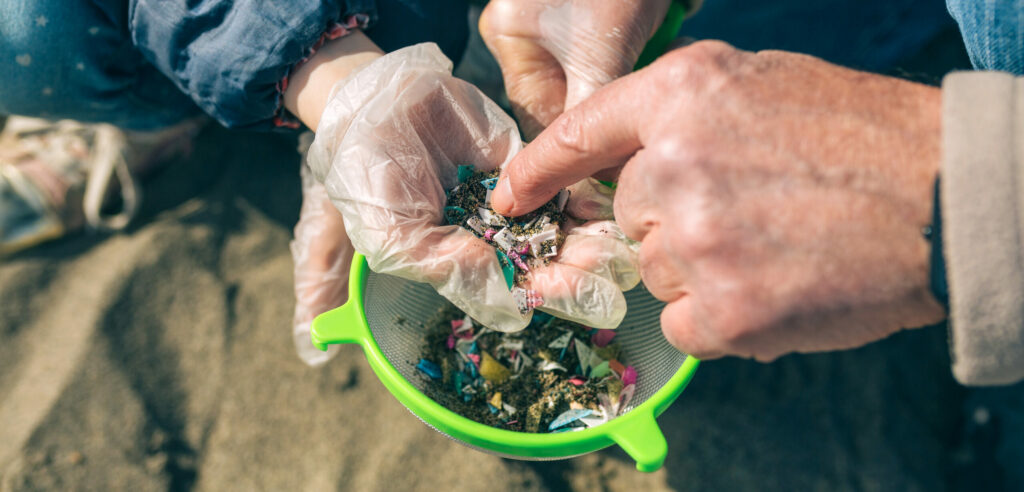
Introduction: What is the Problem with Microplastics?
Microplastics are tiny plastic particles that enter the environment and contaminate the water, soil, and air. These microplastics are created when plastic waste breaks down into smaller particles.
Microplastics are a big problem because they can be consumed by animals and humans through contaminated food sources, like fish. Microplastics also get into our water supply, making it more difficult for marine life to survive in their natural habitat.
Humans can also ingest these tiny plastics through contaminated seafood or drinking water.
How Are Microplastics Disrupting Our Planet and Our Health?
Microplastics are tiny pieces of plastic that are too small to see with the naked eye. They can be found in our oceans, rivers, and lakes, and these microplastics are ingested by marine life and end up in our food chain.
Microplastic pollution is one of the most pressing environmental issues today. It’s estimated that more than 5 trillion pieces of plastic could be floating around in the ocean by 2050 if we don’t do anything about it.
The impact on human health is still unclear. Still, studies have shown that microplastic particles can lead to the development of cancerous tumors and genetic mutations, and a decrease in immune system functionality.
What are the Effects of Plastics on Humans?
The effects of plastics on humans are not yet apparent, but we do know that plastics are everywhere, and many of them can be harmful to our health.
Plastics in our food chain: The average American consumes a whopping 12,000 plastic items per year, which means that the average person will eat about half a pound of plastic every year.
Plastics in our oceans: Plastic is found on land and the sea. In 2015 alone, 8 billion tons of plastic were dumped into the world’s oceans.
Human health effects: Some studies have shown that chemicals from plastics can cause cancer, while others show that they can cause congenital disabilities and other reproductive problems.

How to Reduce Your Exposure to Plastic Particles?
The effects of plastic on our health are well-known. And so is the fact that plastic is everywhere – in the air, in our water, and our food. But what about the effects of plastic on the ocean?
Plastic particles can be found in all parts of the ocean, and scientists estimate that there are around 8 million tons of them floating around. This poses a significant threat to marine life and ecosystems because it is difficult for animals to escape from these harmful particles.
The most common way to reduce your exposure to plastic particles is to avoid using plastics altogether or recycling them at home. If you’re looking for something more effective, you can use a filter on your tap water or install a filter under your sink.
How to Reduce Plastic Pollution and Avoid Harmful Effects on Our Environment?
Plastic pollution is a global problem that has been bothering us for years, and it is estimated that 8 million metric tons of plastic waste are produced every year. There are many harmful effects on our environment from the use of plastic, including the release of toxic chemicals and greenhouse gas emissions.
Today, we have some ways to reduce the production and use of plastics while avoiding harmful effects on our environment.
– Choose reusable bags over single-use ones;
– Buy products with less packaging;
– Donate old clothes to charity and recycle them;
– Use eco-friendly cleaning products;
Conclusion: Microplastic is a Bane to the Animal and the Plant world
Microplastics are plastic particles that are smaller than 5mm. They are created from the breakdown of larger plastics from everyday products.
Microplastic is a bane to the animal and plant world due to its ability to be ingested by animals and plants. It can also be found in our oceans, lakes, rivers, soil, drinking water, and even food.
The problem with microplastics is that animals and plants can ingest them through their digestive system, which causes them to absorb chemicals that have been proven to cause cancer or chronic diseases like diabetes or obesity.



